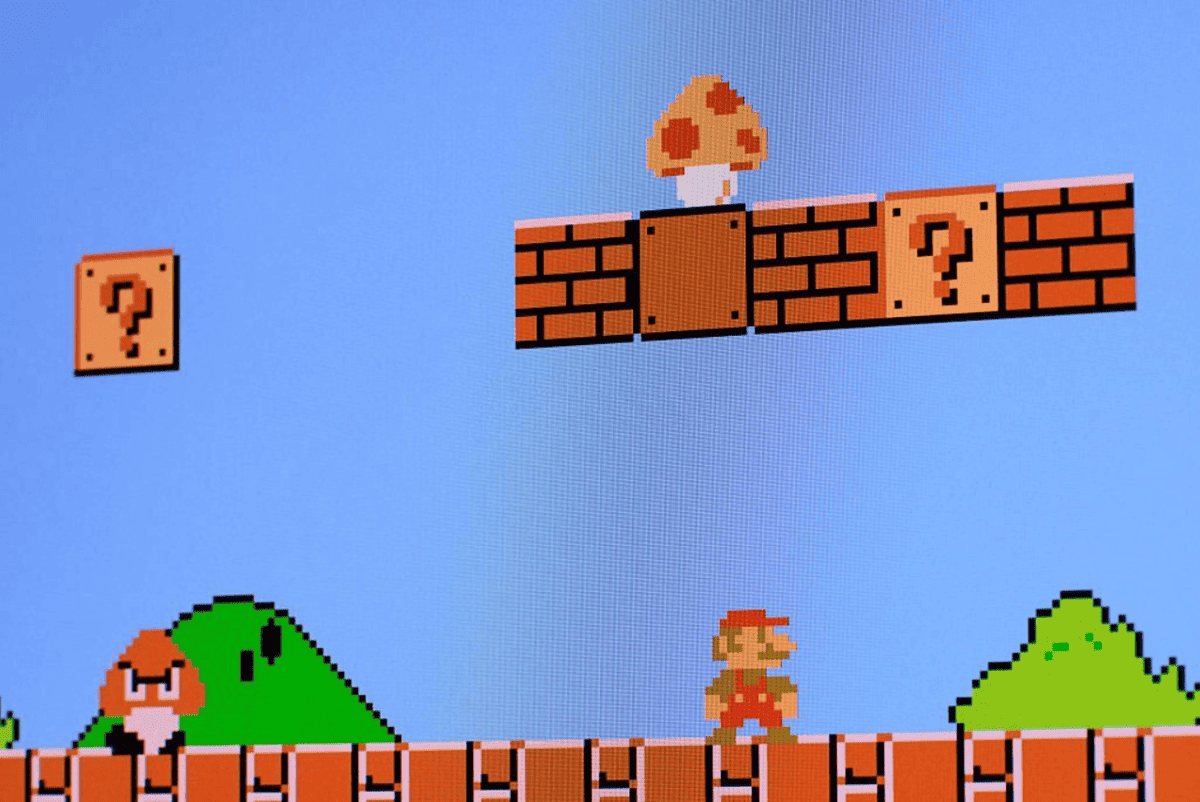
The Console War of the ’80s and ’90s: Sega and Nintendo’s battle for dominance
The console war is a term popularized in 1988 by journalists to describe Sega and Nintendo’s battle for market dominance and recognition.
The Sega-Nintendo competition, lasting from the 1980s-1990s, was the battle that defined the competition in the gaming industry with its significant impact on the industry.
In this article, we explore the war journey, the triumphant winner, and the lasting legacy it created.
Genesis of the Console War
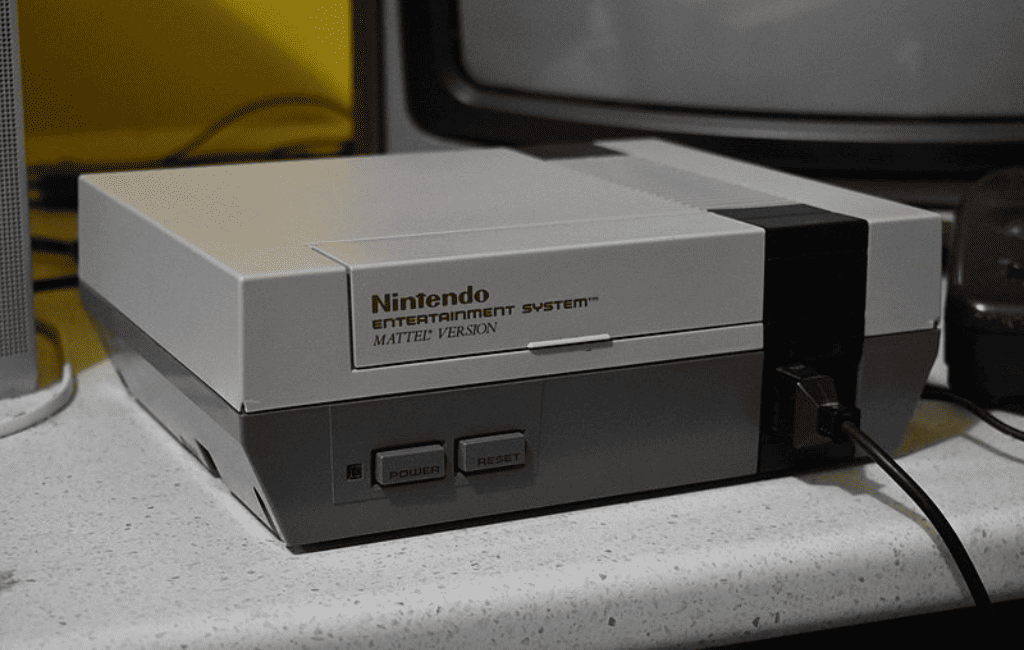
In 1983, the video game industry encountered a downturn caused by subpar games and waning interest from consumers. As a result, numerous companies, including Atari, were forced to shut down.
Nintendo launched its first home gaming console, the Famicom, in Japan in 1983. In the US, Nintendo introduced the 10NES lockout system, a digital lock that restricted the software that could be operated on the system. This system was designed to prevent unlicensed games from running on the console, thereby reducing the risk of losing publishing rights.
Sega, a famous arcade game producer, recognized the home console market’s potential and saw an opportunity to expand into the console manufacturing industry. However, Sega’s 1983 SG-1000 console sold poorly, leading to the release of the Sega Mark III in 1985.
But despite the success of the Master System (a remake of the Mark III in the U.S.), Sega struggled in Japan and North America due to Nintendo’s brand recognition and larger game catalog. Sega continued on to create the Genesis.
Sega’s Genesis console

Sega introduced the Mega Drive in Japan in 1988 and the Genesis in 1989 in America to compete with the Nintendo NES. The Genesis 16-bit processor improved visuals, animations, and sound, offering arcade-quality gaming at home. This was a considerable advance over the 8-bit NES.
Sega’s “Sonic the Hedgehog” in 1991 catapulted the company into the spotlight, leading to increased sales of the Sega Genesis. The game’s fast-paced graphics and catchy music rivaled Nintendo’s Mario, solidifying Sega’s position as a competitor.
Remember that in 1990, the industry was dominated by Nintendo, with a 95 percent market share. Third-party publishers were afraid to support any company other than Nintendo for fear of getting punished by Nintendo.
Tom Kalinske, former CEO of Sega of America
Sonic the Hedgehog’s popularity triggered a fierce rivalry between Sega and Nintendo. Sonic gained popularity, representing Sega’s fightback against Nintendo as a formidable opponent to Mario. Sega capitalized on Sonic’s popularity to promote itself, using catchphrases like “Genesis does what Nintendon’t.”
The new Nintendo console
Nintendo’s dominance waned due to NEC’s PC Engine and Sega’s Mega Drive. The Super Famicom, released in 1990 to reinstate Nintendo’s position in the market, was rebuilt into the Super Nintendo Entertainment System (SNES) and released in 1991. The SNES, due to its enhanced graphics and CPU, changed the status quo in favor of Nintendo.
The SNES’s 16-bit technology improved visual capabilities, rivaling Sega’s Genesis, enabling more detailed and vibrant graphics in games like Super Mario World and Legend of Zelda.
The Super Nintendo Entertainment System (SNES) era was a time of unrivaled dominance for Nintendo in the video game market. The console’s technical achievements solidified Nintendo’s position in gaming history. With the SNES, Nintendo didn’t just set the bar. They were the bar, sparking an even stronger rivalry with Sega.
Super Mario vs Sonic the Hedgehog
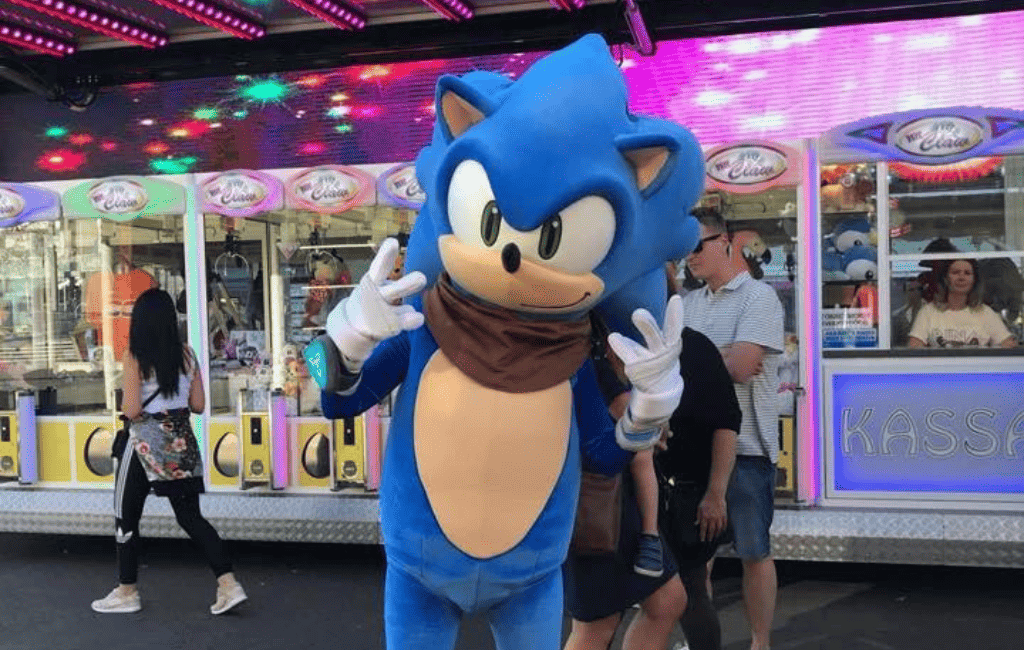
Sega and Nintendo’s Mascot Wars fueled intense competition and symbolic meaning in the gaming industry as they strategically used beloved mascots to gain a competitive edge.
Mario, Nintendo’s mustachioed plumber, embodied a family-friendly image with his infectious cheerful personality, signature red hat, and dungarees, which evoked feelings of nostalgia and widespread appeal. His timeless adventures and colorful worlds, fascinated gamers for decades.
Contrarily, Sonic the Hedgehog, Sega’s mascot, was known for his unique energy and attitude, captivating fans with his vibrant blue hair, eye-catching red trainers, and self-assured smirk. These characteristics solidified Sonic’s status as a pop culture phenomenon, challenging the status quo and appealing to a younger audience’s sense of independence and individuality.
The “Mario & Sonic at the Olympic Games” series intensified the rivalry between the two protagonists, and further impacted Nintendo and Sega’s marketing tactics, shaping their unique brand identities and fan bases through the opposing personalities of Mario and Sonic.
Mortal Kombat: Controversy and impact during the console war
Mortal Kombat is an arcade game developed in 1992 by Midway Games. It was released for Sega Genesis and SNES in 1993, differing significantly from Nintendo’s strict content requirements.
Sega licensed a Genesis version of “Mortal Kombat” to attract older gamers, offering a mature image. Players could use cheat codes to return the game to its original arcade form, featuring blood and fatalities.
But Nintendo was cautious due to the violence, and the SNES version was heavily censored to suit family-friendly images and content restrictions. Blood was replaced with sweat, and deaths were made cartoonish, causing some players to feel the arcade experience was altered.
Sega was always known as the more edgy, more adult-oriented brand, while Nintendo was more family-friendly. And that was a good thing for both companies.
Blake J. Harris
The CD-ROM revolution
Sega’s Genesis add-on, the Sega CD, introduced interactive movies and CD-quality sound in 1991, revolutionizing gaming with its innovative design and pushing console limits.
Meanwhile, Nintendo and Sony collaborated to develop an advanced CD-based console for the SNES, but the partnership fell apart due to licensing and control disagreements.
Sony remained determined, leading to the inception of the original PlayStation in 1994. Sony’s PlayStation went on to revolutionize the gaming industry with its CD technology, advanced visuals, and extensive game collection, challenging Sega and Nintendo’s dominance.
The battle of the bits
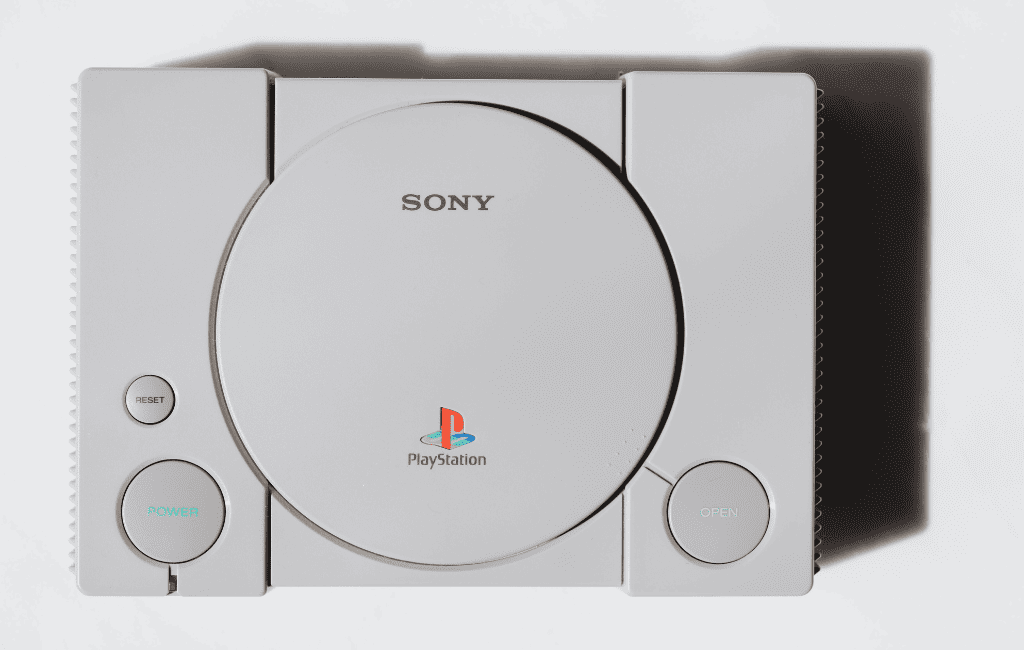
Next-generation gaming consoles like the Nintendo 64 (64 bits) and Sega Saturn (32 bits) initiated the bits war. Launched in 1996, the Nintendo 64 exhibited good processing capabilities and immersive 3D experiences. The 1994 Sega Saturn had sophisticated architecture and few third-party games.
The Sega Saturn experienced issues that impacted sales. Due to its sophisticated design, developers had trouble maximizing its possibilities, resulting in a restricted range of games that didn’t reach a large audience.
PlayStation, Sony’s first system, was another obstacle; gamers and third-party developers loved this console. Thus, the Sega Saturn struggled due to these factors and a lack of interesting games.
Nintendo, however, leveraged its technology and game design skills for the Nintendo 64. Nintendo used the technology to create “Super Mario 64” and “The Legend of Zelda: Ocarina of Time,” which were successful. The Nintendo 64’s success again solidified Nintendo’s dominance.
Gamers loved the Nintendo 64’s outstanding game catalog, while the Sega Saturn failed in the market, marking the start of Nintendo’s victory in the war.
Fall of Sega
Sega’s last console, the Dreamcast, had outstanding technology that debuted in 1998. It featured hyper-real graphics, high computing power, and internet games with built-in computers, which attracted critics with iconic games like Sonic Adventure,” “Jet Set Radio,” and “Shenmue.”
However, financial concerns and market competition, especially from the PlayStation 2, led to the system’s termination. So in 2001, Sega dropped the bombshell: it was going to stop developing the Dreamcast and focus on third-party software development.
Sega, as a third-party software developer, expanded the gaming industry by releasing PlayStation and Nintendo games, reducing console production costs and reaching a wider audience.
The ultimate winner
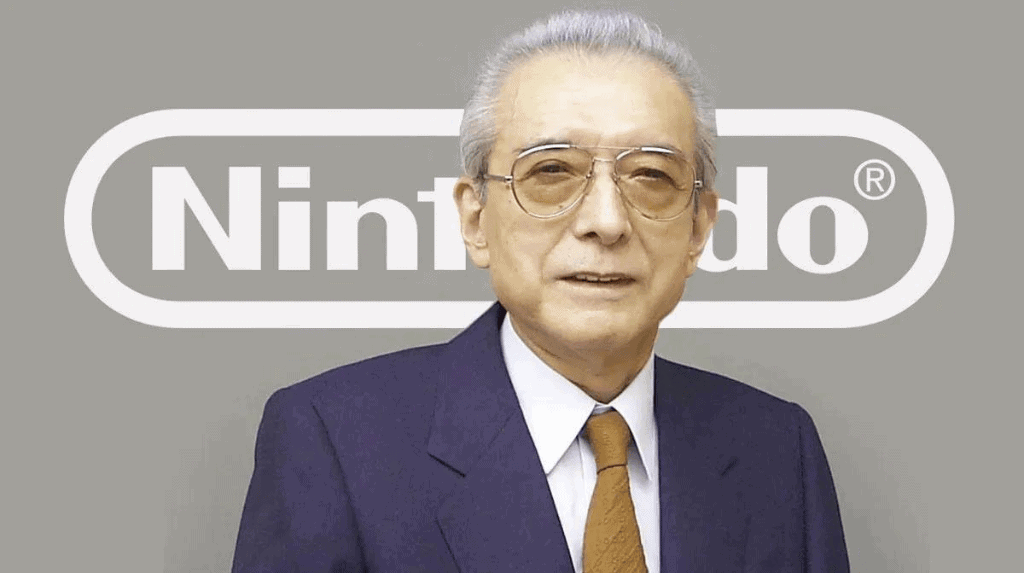
In the history of video games, Nintendo and Sega are two of the most influential companies. Sonic and Sega’s pioneering energy grabbed players and defied customs. The Saturn and Dreamcast failures, and Sega’s subsequent retirement from console manufacture made Nintendo the ultimate victor.
On the other hand, Nintendo’s perseverance, flexibility, and outstanding games made it very successful. Despite competition from Microsoft and Sony, it maintained a loyal audience and continued to sell well worldwide.
The rivalry between Sega and Nintendo was like a good sports rivalry. It was fun, it was exciting, and it made both companies better.
Blake J. Harris
Sega and Nintendo competed fiercely in the Console War, promoting innovation, technology, and industry transformation through enhanced visuals, sounds, and gameplay, pushing boundaries in video game creation.
The war impacted marketing strategies, technology, and iconic franchises, emphasizing passion, creativity, and hard work in the gaming industry. Further highlighting Sega and Nintendo’s experiences and enduring impact.
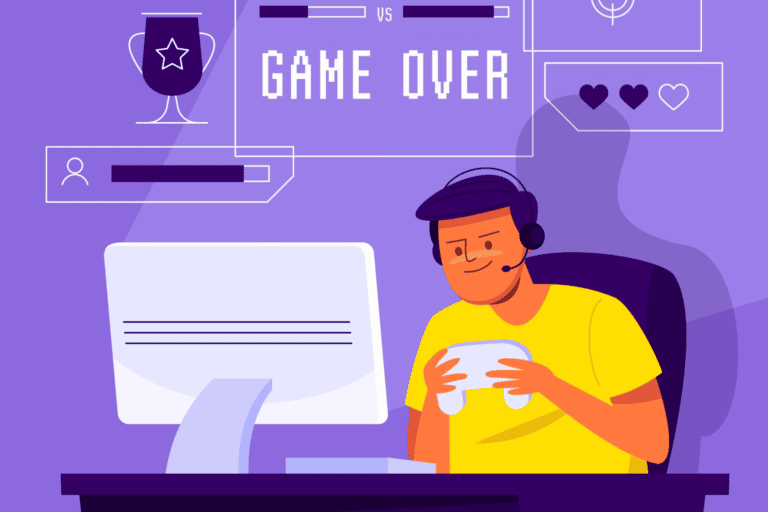
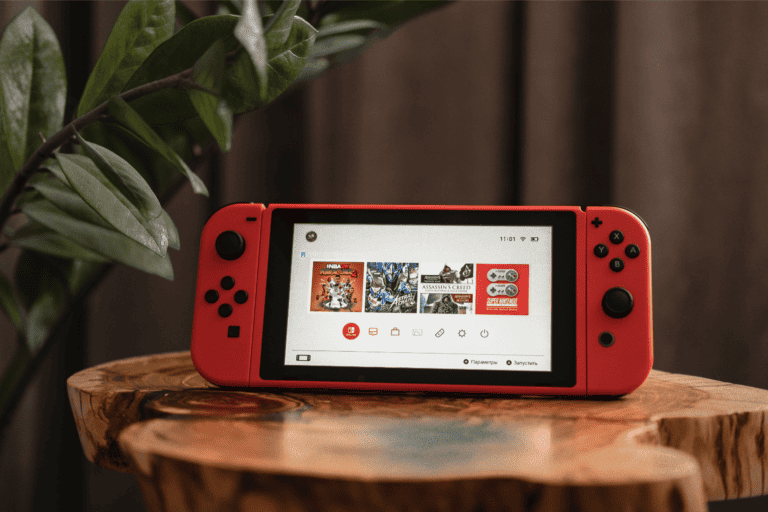
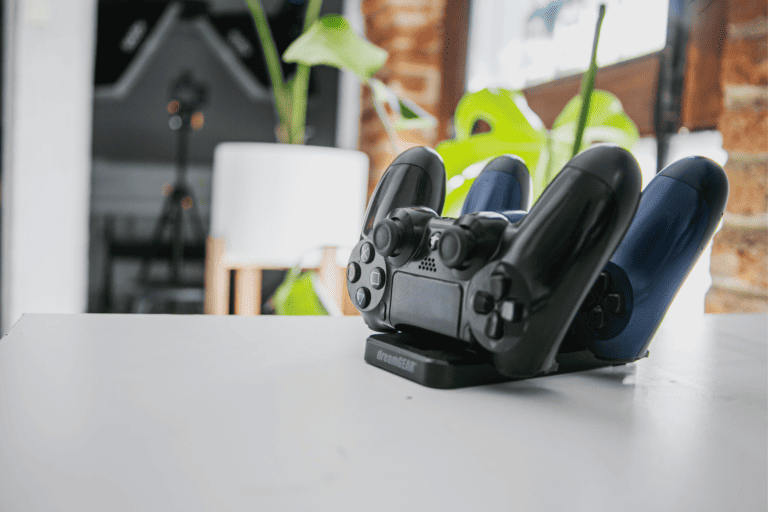
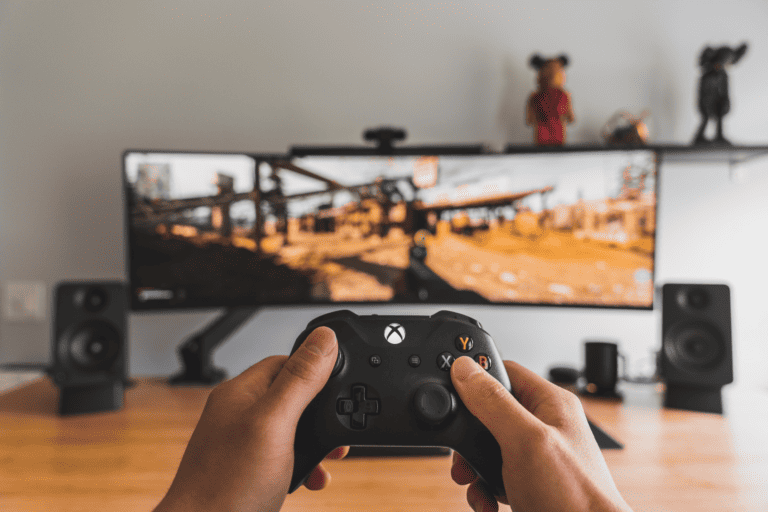
Leave a Comment